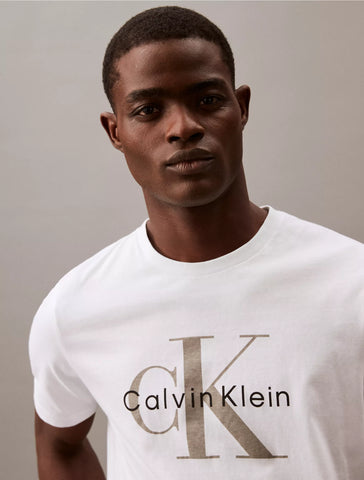In the world of fashion, few garments hold as much significance as the humble t-shirt. Despite its simplistic design, it serves as a canvas for self-expression, conveying messages, beliefs, and identities with just a few words or images.
Origin Story
The t-shirt can be traced back to the late 19th century, when it emerged as an alternative to traditional one-piece undergarments worn by men and women. Originally known as the "union suit" or "undershirt," it was made of lightweight cotton fabric and designed to be worn underneath other clothing for added warmth and modesty.
The Government Did It
It's believed that the first T-shirt was manufactured after the end of the Spanish-American War, but before World War I (early 1900s). Soon after, it became standard underwear for American soldiers.
Due to practicality, comfort, and ease of movement, the T-shirt was the preferred choice of troops. The crew neck, short sleeves, and breathable fabric made it an essential garment for soldiers in hot and humid climates.
Cultural Shift
After the war, returning soldiers brought the shirts back home, introducing them to civilian life. A sort of rugged masculinity, due to military use laid the foundation for an evolution from undergarment to everyday outerwear. In the 1920s and 1930s, the T-shirt was worn primarily as casual attire by laborers and athletes.
Pop Culture Icon
The T-shirt became a pop culture phenomenon in the 1950s, thanks in part to movie characters portrayed by James Dean and Marlon Brando. Rebel cool became a thing, and the rise of youth culture and the influence of rock 'n' roll further cemented the t-shirt's status as a symbol of youthful rebellion and nonconformity.
Graphic Revolution
The 1960s marked a turning point for the t-shirt with the advent of screen printing technology, which allowed for the mass production of t-shirts adorned with graphic designs, slogans, and images.
From political protests to psychedelic art, t-shirts became a canvas for self-expression and social commentary in the 60s and 70s.
Fashion Evolution
Throughout the latter half of the 20th century, the T-shirt continued to evolve as a versatile garment that transcended gender and cultural boundaries. From the rise of designer t-shirts in the 1980s to the streetwear revolution of the 1990s, T-shirts went mainstream. 
High-fashion brands like Calvin Klein and Ralph Lauren have elevated the t-shirt to luxury status, while brands like Nike and Adidas catered to the growing demand for sportswear-inspired styles.

21st Century Boom
Today the T-shirt remains as relevant as ever, undergoing constant reinvention to reflect contemporary tastes and trends. From sustainable and organic fabrics to customizable designs and limited-edition collaborations, the t-shirt industry continues to innovate and adapt to the changing needs of consumers. 
In an era defined by digital connectivity and social media, T-shirts serve as a blank canvas for self-promotion, personal branding, and cultural commentary. Print-on-demand companies have shown us that small businesses and even solo-preneurs can have brand awareness and reap huge financial benefits that were once reserved for huge companies.
Do you have a favorite T-shirt?
This article includes photos courtesy of brands Ralph Lauren, Nike, Adidas, Calvin Klein, and The Chosen.






